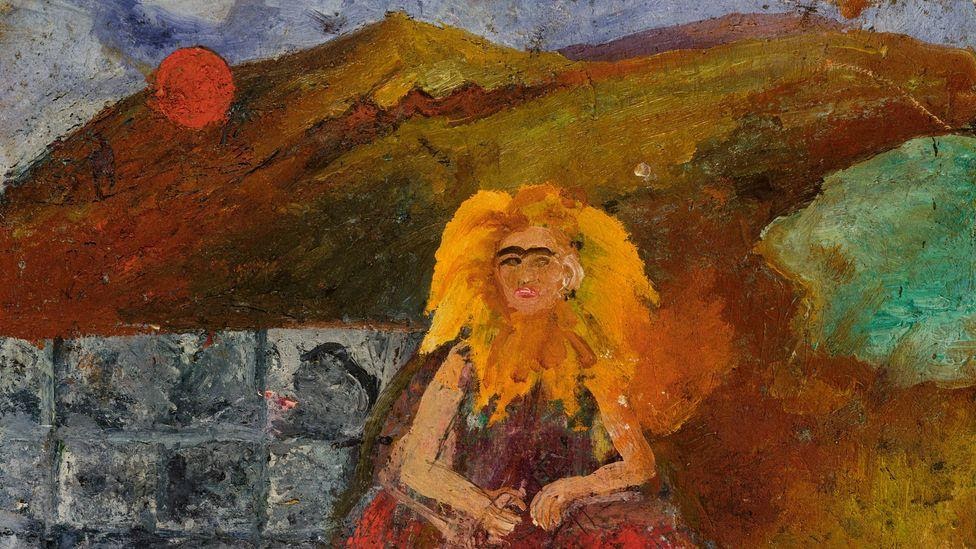'I Was Too Gay or Something for Them': India's Coming Out Story
'Just try and survive school. It will get better. Just stay strong.'
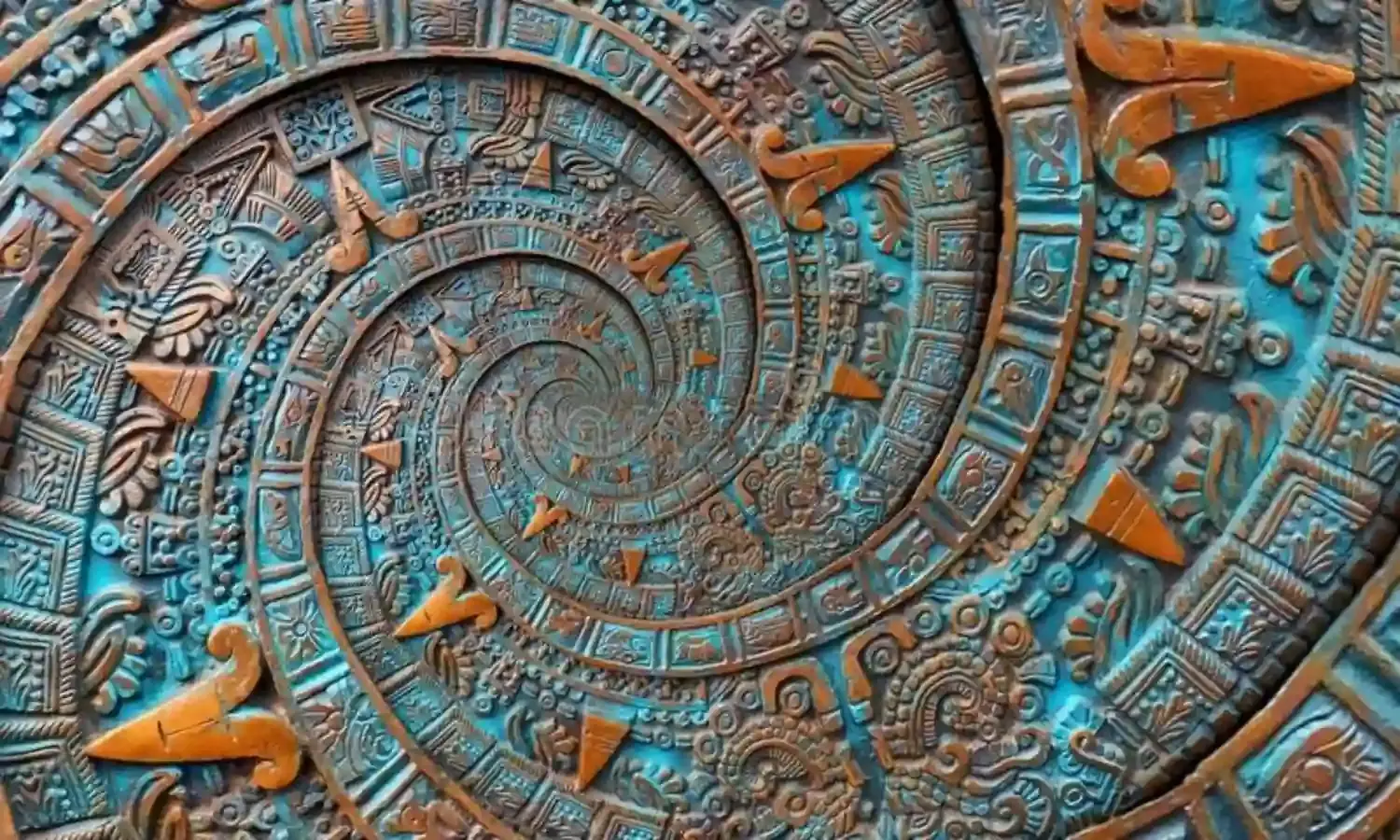
When Ashish first came out to his mother about his sexuality, she went to a psychiatrist to understand what it meant for her son to be gay. “We will convert him into being straight, just bring him here,” the doctor told his mother. She was persuaded that her son could “transition,” and his queerness “was just a phase.”
For Ashish however, the recognition that he was gay had come very early in life. “I first realised I was gay because of Hrithik Roshan. People would be like why don’t you look at Katrina or Priyanka? but I would say, but Hrithik is so much hotter!”
As he became more expressive of his sexuality, the bullying began.
“It was the worst time of my life and I would never go back to school,” he shares. Each day he would come up with excuses to try and miss school. When he did go, he would just sit in a corner, not talking to anybody.
Back home, his parents were going through a separation. “I wasn’t talking to anybody at home and in school everyone was making fun of me. There was nobody to talk to anywhere.”
Soon Ashish realised that he had to come out to someone, he longer wanted to keep it a secret. He first told his older brother. “My brother responded that he already knew that I was gay. He used to check his internet history, and was just waiting for me to come out to him.”
His brother also shared it with his family. “My brother made my mom understand that it was normal, and stopped her from taking me to conversion therapy.. My elder brother’s role in this journey has been very important.”
Today Ashish is an “out and proud” gay man. A recruitment manager, he decided to join the Mr Gay India contest and ended up coming second. “I wanted to show people, and other young people from the queer community that you can be proudly gay and also a successful employee at an organisation,” he tells The Citizen.
“If I met my younger self today, I would tell him ‘just try and survive school. It will get better. Just stay strong.’”
He says his mom has also come to terms with his sexuality. “She asks me if I’ve found someone.. and because she is also single, we are both looking for a guy for each other.”
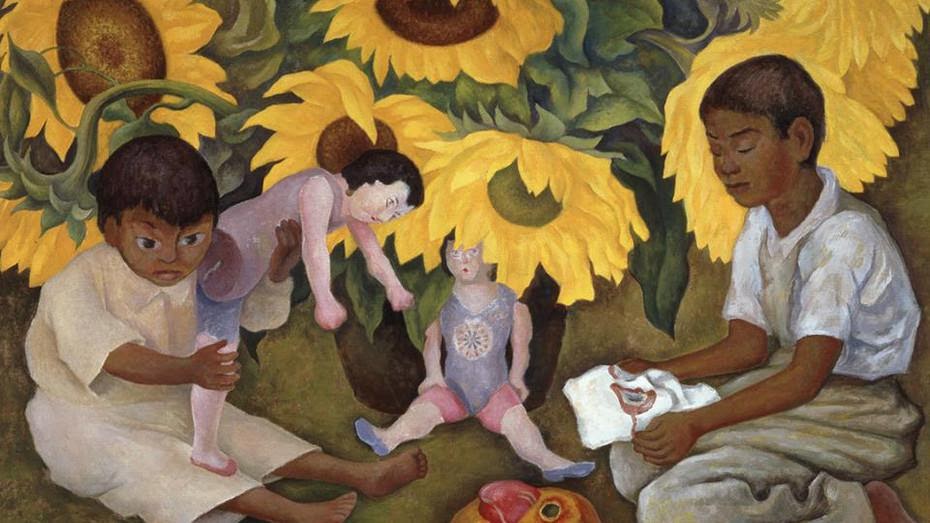
It was only three years ago that sex between all consenting adults was decriminalised by the Supreme Court of India. “History owes an apology to members of the community for the delay in ensuring their rights,” said Justice Indu Malhotra. Chief justice Dipak Misra called the Victorian holdover law “irrational, indefensible, and manifestly arbitrary.”
Even as parallel struggles continue for same-sex marriage and adoption rights, and justice for trans people, the Indian government continues to oppose petitions seeking the recognition of same-sex marriage.
Last week it told the Delhi High Court that only marriage between a “biological man” and a “biological woman” should be considered valid in Indian law. It said the decriminalisation of sex between men or women was not relevant, as the penal provision found unconstitutional did not deal with marriage.
Earlier too it had opposed the petitions, on the claim that same-sex marriage is not recognised in “Indian culture”.
Meanwhile LGBTQIA+ Indians continue to exist. Ananya, who uses the pronouns she and they, was first outed as pansexual to her parents by a teacher in her school, without her consent.
“What will people think?” she recalls her parents telling her, as they threatened to pull her out of school.
But they were unable to convince her that she was doing something wrong. “Being queer is naturally an integral part of me,” she shares. “I never shunned it or hid it from anyone.”
For Ananya, the realisation that she was queer came when she saw two girls in school being open about their relationship. She remembers thinking, “This is also an option?” So she befriended one of the girls and tried to understand what it’s like being queer.
“How did you know?” “When did you know?” “How did you tell your parents?” she would ask. After this went on for a while, the girl kissed Ananya. “And this is what confirmed it.”
Since then the 23 year old has been confident about their queer identity. Their mom has also come to understand. “My mom could see how happy my girlfriend made me and how my mental health was genuinely improving being in this relationship,” they explain.
In parallel, Ananya also began to understand their gender identity. “After understanding sexuality, gender was another box for me to open.” Today they identify as a non-binary individual, using both the pronouns she/them and they/her.
There are also things they do in everyday life to “look queer,” so people don’t assume they are heterosexual. “For instance I coloured my hair green to look more queer,” they explain.
She thinks that even if you are comfortable with your identity, the main challenge in India is finding queer community. “You have to go looking for queer culture.”
And when you do - “The queer community in India is so much more accepting than an average straight person. You can talk to them about anything, be it mental health, sex or gender identity. There are very few straight people who I have come across who are as open minded about these things.”
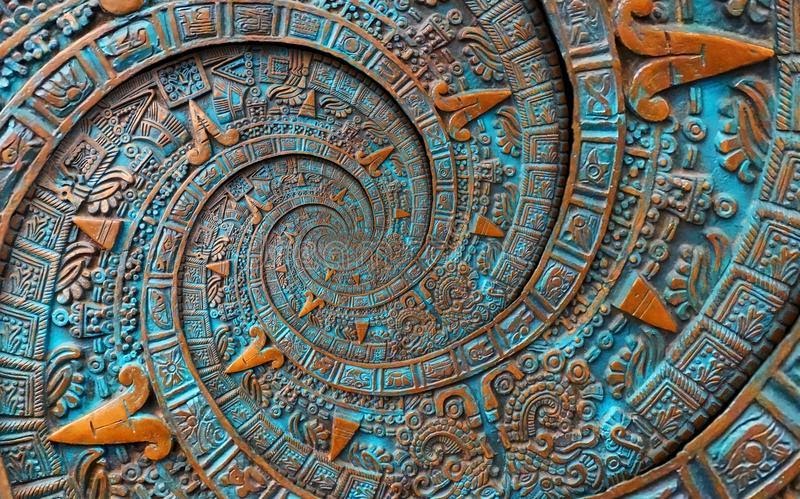
Meanwhile the Republic of India continues its own reckoning with gender justice. Earlier this year, Justice N Anand Venkatesh of the Madras High Court decided to undergo counselling sessions the better to rule on a petition from a lesbian couple who were living together and needed protection from their families.
Venkatesh went through a self-imposed “psycho-education” to better understand same-sex relationships, overcome his prejudices, and interact with people who are not heterosexual.
The women had been facing resistance and pressure from their parents, and had moved to Chennai with the help of an NGO. Their parents subsequently filed a missing persons complaint.
Ruling in their favour, Venkatesh said he wasn’t “fully woke” on the subject of same sex relationships, and proceeded to delve deep into issues concerning the community.
He copied his own counselling report into the order. Reportedly he “came in with the awareness of the prejudice he holds,” and a “major part of the session addressed the problematic binary understanding of sex, gender and sexuality”.
The report says he acknowledged several misconceptions and prejudices he held against same-sex relationships, and describes his own attempts to reach a better understanding of such relationships.
“I am the society, with all the misconceptions present. Now I’m working through it and engaging in the process of unlearning, so it is me who needs to convey this understanding to the rest of the society that stands where I once stood,” he affirmed.
The Kerala High Court too recently directed the Undergraduate Medical Education Board to take “immediate action” to update medical textbooks and remove discriminatory and inhuman references to the LGBTQIA+ community.
It was responding to a petition filed by the NGOs Disha and Queerythm, who asked how medical textbooks can make such references when “the queer community’s rights are recognised by the Supreme Court of India”.
Earlier in 2021 the Madras High Court issued similar directions to review “queer-phobic” material in Indian medical textbooks.
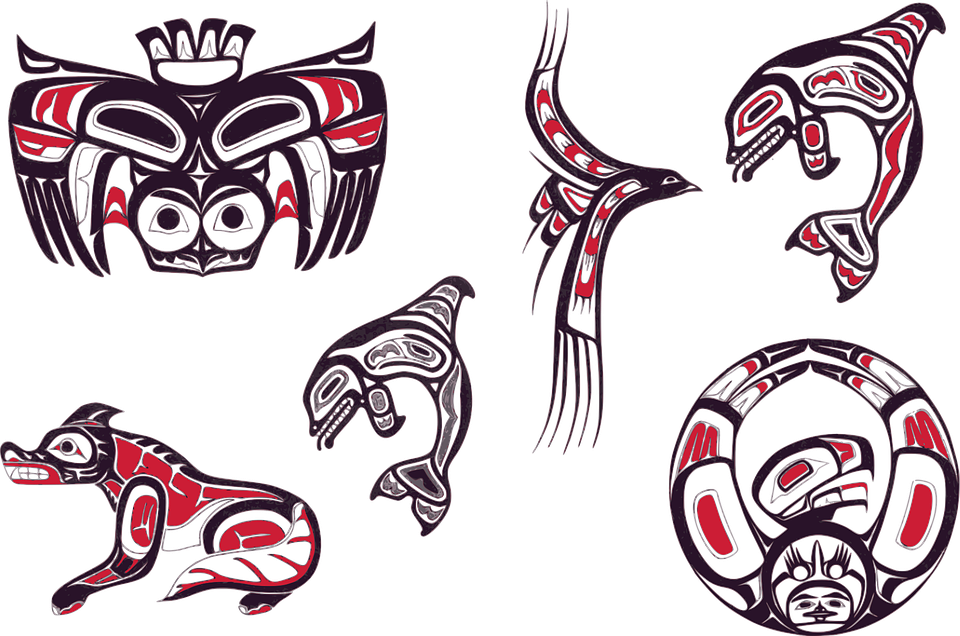
The backlash has been swift. Last week Dabur withdrew an advertisement for a fairness cream that shows two women celebrating the Hindu festival of karwa chauth. The decision came after Madhya Pradesh Home Minister Narottam Mishra threatened to take legal action against the firm.
Withdrawing the campaign from its social media handles, the company said in a number of apologies that, “Dabur and Fem as a brand strive for diversity, inclusion and equality, and we proudly support these values in our organisation and within our communities.”
“We understand that not everyone will agree with our stance, and we respect their right to hold a different point of view.. If we have hurt the sentiments of any individual or group, it was unintentional, and we apologise.”
The ad was also criticised from a queer feminist perspective. “Mixed feelings about this one – accepting non-traditional relationships is good, but then promoting a misogynistic tradition and also spreading the ‘fair is beautiful’ trope,” wrote one commenter on the viral clip.
Some also pointed out that fairness products are “inherently casteist and racist” and that adding an “LGBTQI angle” won’t change that.
Another critique by Gaysi observed that “By encouraging such narratives, we are inadvertently encouraging such plotlines that insidiously play on the systematically fuelled insecurities of people with other historically accused markers, not excluding blackness/brownness.”
“So many queer folx are exploring thier truth and intimicies without the explicit and additionally sacnitioned rules.. passed on by their parents.”
“As a person of transgender identity, this token of acceptance feels like a bribe, as if to say, play your chosen role faultlessly.. so that nobody suspects you’re an imposter, and then maybe we can get on board and play pretend with you.”
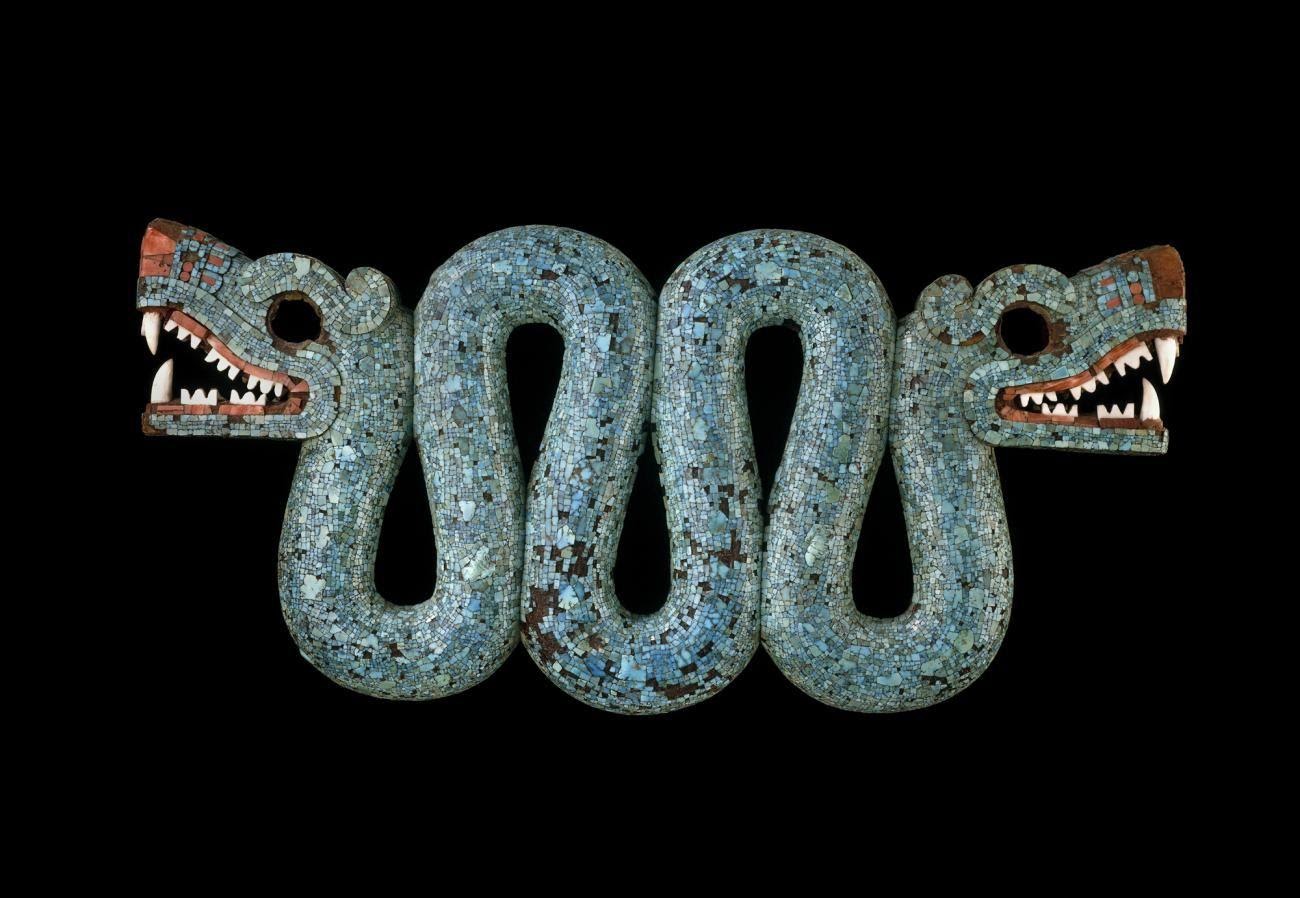
“I was too gay or something for them,” says Kabir, who had to change schools three times because of bullying. “Guys would walk up to me and say ‘Why are you walking like that? Why are you standing like that?’”
Kabir never knew how to respond, and was tired of changing school one after another.
“I would cry every night, and also started calling a suicide helpline number and talking to them. They were the only friends I have.”
But then in grade 12, “I read Rupi Kaur and Nayirrah Waheed and something hit me.” Waheed’s words about being African-American resonated too.
Soon enough Kabir got into literature, mainly reading books that talk about different notions of sexuality.
“Today, because of these books I can accept that I am not clear about my sexuality yet. I know that I don’t have to figure out anything,” they reveal.
Various helplines around the country provide support to LGBTQIA+ people in India. They include iCall, which focuses on making mental health accessible to communities that have faced historical discrimination, and Ya_All, an English and Meitei helpline for queer youth, based in Imphal.
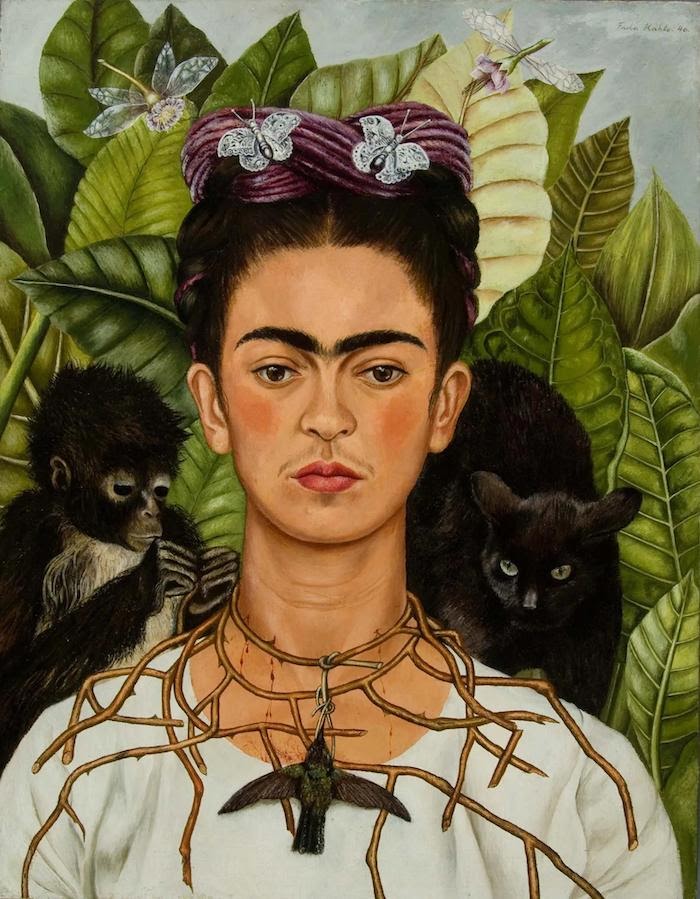
When Jaishree had a crush on a girl at age 11, she would imagine being married to her. But she would also think to herself, “Girls can’t marry each other, I haven’t seen this anywhere, this is wrong.” There was attraction, “there was a lot of confusion, and I didn’t know what these feelings meant. I did not know what this word queer meant.”
Jaishree thought it was her secret to live with.
It was only when she logged into Tumblr that she first discovered LGBTQIA+ community. Meeting non-hetero, non-cis people, Jaishree realised that the word she resonates with most within the community is bisexual. “I am definitely into men. I am also into women,” she explains.
“A lot of people think that bi people have a switch: one morning we wake up we like a man or one morning we wake up we like a woman. No it does not work like that.”
She also says that when you are bisexual, a lot of cis-het men like to objectify you. “They think because I am bisexual I am some sort of a hypersexual being. It feeds into a fantasy.”
“I also used to say that I am half gay and half straight, but I have realised that is disrespectful to the queer community. Bisexual people are layers and not fractions.”
At first afraid of retaliation born of queer phobia, slowly Jaishree started coming out to her close friends and joined the queer collective in her college. Since then she says she has let go the fear. “I am pretty out in public and I can even tell a stranger that I’m bi.”
She is still recognising more things about her sexuality, and what she seeks in her relationships with men and women. “I just wish I was more open with my relationships with women. I think I have held myself back with experiences with women because I am unsure about how to navigate them. I was just so scared,” she shares.
Like Jaishree, Mallika did not know about the LGBTQIA+ community before she logged into a social media platform, now defunct, called the Experience Project, where various people from the queer community would share their experiences. Her second exposure was through TV shows like Orange is the New Black.
But even after being aware of other queer people, Mallika’s own realisation about her sexuality came pretty late in life. In school she would develop crushes on cis men just because all the other girls were having them.
“Everyone was liking a boy, so I thought why shouldn’t I?” she recalls. “But then I liked a girl once, and that felt more natural than having guy crushes. Today I know I am attracted to anyone but cis men.”
Mallika also felt more confident in her sexuality when she saw a friend at another school be openly gay.
“She helped me understand that there exists a queer community and that it’s pretty normal. Before this I used to think, ‘Is it just me who is queer in India?’ Because the people on taste platforms were from outside the country.”
Her friend’s openness removed her own fear, and helped Mallika recognise herself. Since then she has been very active in the Lesbian, Gay, Bisexual, Trans, Queer/Questioning, Intersectional/Intersex, Allied + community, and continues to look for people who belong.
“My advice to young people from the community is that people shouldn’t think that being queer is a big deal, because it is not. You are not obliged to come out to people. It’s something very natural.”
